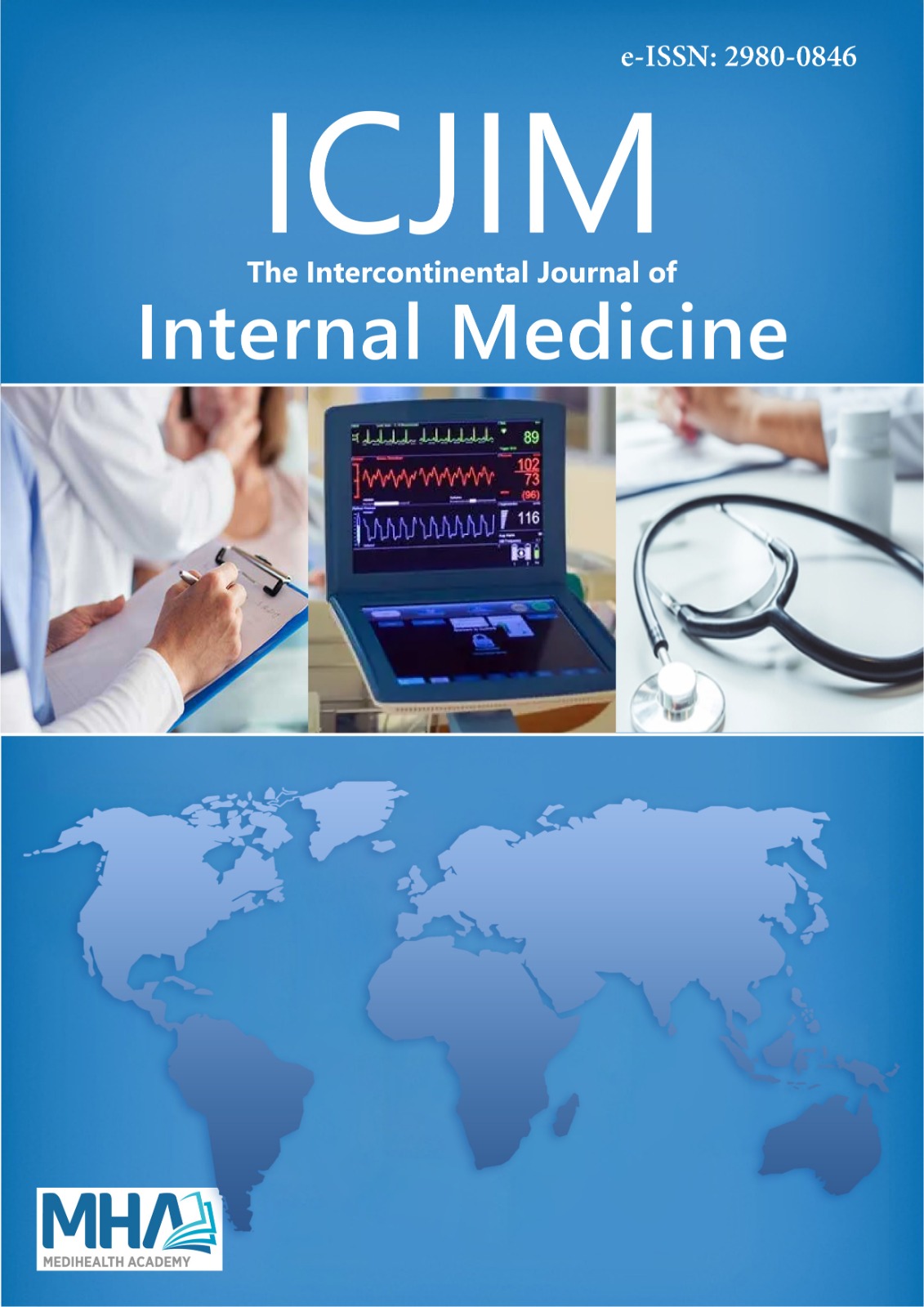1. Jeng WJ, Papatheodoridis GV, Lok ASF. Hepatitis B. Lancet. 2023; 401(10381):1039-1052. doi: 10.1016/S0140-6736(22)01468-4
2. https://www.who.int/news-room/fact-sheets/detail/hepatitis-b (Last updated on 9.04.2024).
3. Nguyen MH, Wong G, Gane E, Kao JH, Dusheiko G. Hepatitis B virus: advances in prevention, diagnosis, and therapy. Clin Microbiol Rev. 2020;33(2):e00046-19. doi: 10.1128/CMR.00046-19
4. Sırmatel F, Balcı İ, Karaoğlu İ, Karataş M. Değişik toplumlarda hepatit B yüzey antijeni taşıyıcılığı. Viral Hepatit Derg. 1996;2(2):89-91.
5. Thio LC, Hawkins C. Hepatitis B virus. In: Bennet JE, Dolin R, Blaser MJ, editors. Mandell, Douglas, and Bennett’s principles and practice of ınfectious diseases 9th. 2020.p.1940-1963.
6. Değertekin H. Viral hepatitlerin dünyada ve ülkemizdeki epidemiyolojisi. Aktüel Tıp Derg. 1997;2(3):119-122.
7. Yenen OŞ. Viral Hepatitler. In: Willke Topçu A, Söyletir S, Doğanay M (eds). İnfeksiyon hastalıkları. 1996;1:664-690.
8. Özkan H. Epidemiology of chronic hepatitis B in Turkiye. Euroasian J Hepatogastroenterol. 2018;8(1):73-74. doi:10.5005/jp-journals-10018-1264
9. K Karaaslan H, Yurdaydin C. Viral hepatitis at the Black Sea region: the problem of viral hepatitis in Turkiye revisited.Turk J Gastroenterol. 2009;20(1):1-2.
10. Badur S. Ülkemizde viral hepatitlerin durumu. Viral hepatit. 1994; 94(1):15-37.
11. Kantürk A, Şimşek F, Savaş L, Yıldırmak T. Akut hepatit B olgularında bilirübin düzeyinin prognoza etkisinin araştırılması. Klimik Derg. 2005;18(1):21-26.
12. Kılıçturgay, K. Viral hepatitte immünopatogenez. Viral Hepatit. 2003;1: 316-328.
13. Çavuşlu Ş,Keskin K, Sakarya S, Yenen OŞ. B tipi akut viral hepatite klinik özellikler: 101 olgunun irdelenmesi. Klimik Derg. 1994;7(2):98-100.
14. Villar LM, Cruz HM, Barbosa JR, Bezerra CS, Portilho MM, Scalioni Lde P. Update on hepatitis B and C virus diagnosis.World J Virol. 2015; 4(4):323-342.
15. Barut HS, Günal Ö, Göral A, Etikan I. Prevalence of hepatitis B virus infection in children of HBsAg positive parents. Mikrobiyol Bul. 2011; 45(2):359-365.
16. Aghakhani A, Banifazl M, Velayati AA, Eslamifar A, Ramezani A. Occult hepatitis B virus infection in hemodialysis patients: a concept for consideration. Ther Apher Dial. 2012;16(4):328-333.
17. Mıstık R. Yetişkin akut viral hepatit B’de (AVHB) bulaşma yolları. Viral Hepatit Derg. 1995; 1:1-20.
18. Kılıçturgay K, Mıstık R. Türkiye’de viral hepatitler. Viral Hepatit. 1994: 1-14.
19. Ateş B, Dolar ME, Karahan M, Caner E. Aile içinde hepatit B virusunun geçişi. Gastroenterol. 1992;3:15-18.
20. Baş B. Hepatit B prevalansı ve aile içi bulaşım yolları. Akadem Gastroenterol Derg. 2017;16(1):12-17.
21. Alkan Çeviker S, Günal Ö, Kılıç SS, Köksal E. Akut hepatit B virüsü infeksiyonlarının ve kronikleşme oranlarının retrospektif analizi. Flora. 2020;25(2):213-219.
22. Dığrak E, Tezel A. Knowledge, attitudes, and opinions of hepatitis B virus carrier male patients about the disease. Klimik Derg. 2022;35(3): 186-190.

